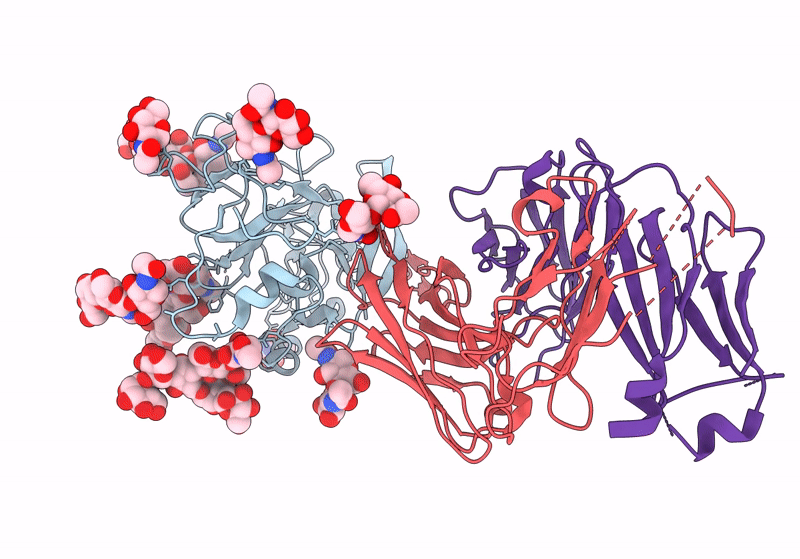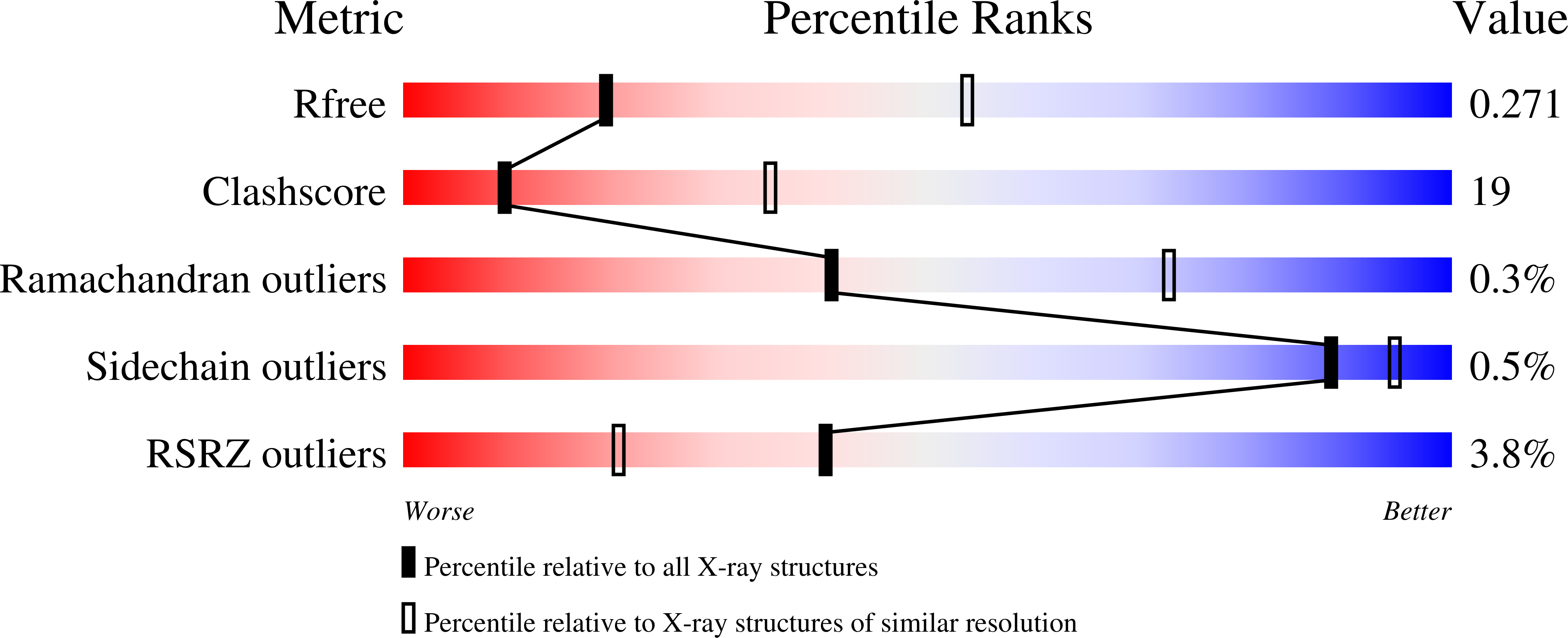
Deposition Date
2024-02-14
Release Date
2024-03-27
Last Version Date
2024-10-16
Entry Detail
PDB ID:
8W0X
Keywords:
Title:
Crystal structure of broadly neutralizing antibody hcab40 in complex with Hepatitis C virus envelope glycoprotein E2 ectodomain
Biological Source:
Source Organism:
Hepacivirus hominis (Taxon ID: 3052230)
Homo sapiens (Taxon ID: 9606)
Homo sapiens (Taxon ID: 9606)
Host Organism:
Method Details:
Experimental Method:
Resolution:
3.12 Å
R-Value Free:
0.27
R-Value Work:
0.22
R-Value Observed:
0.22
Space Group:
P 32 2 1


